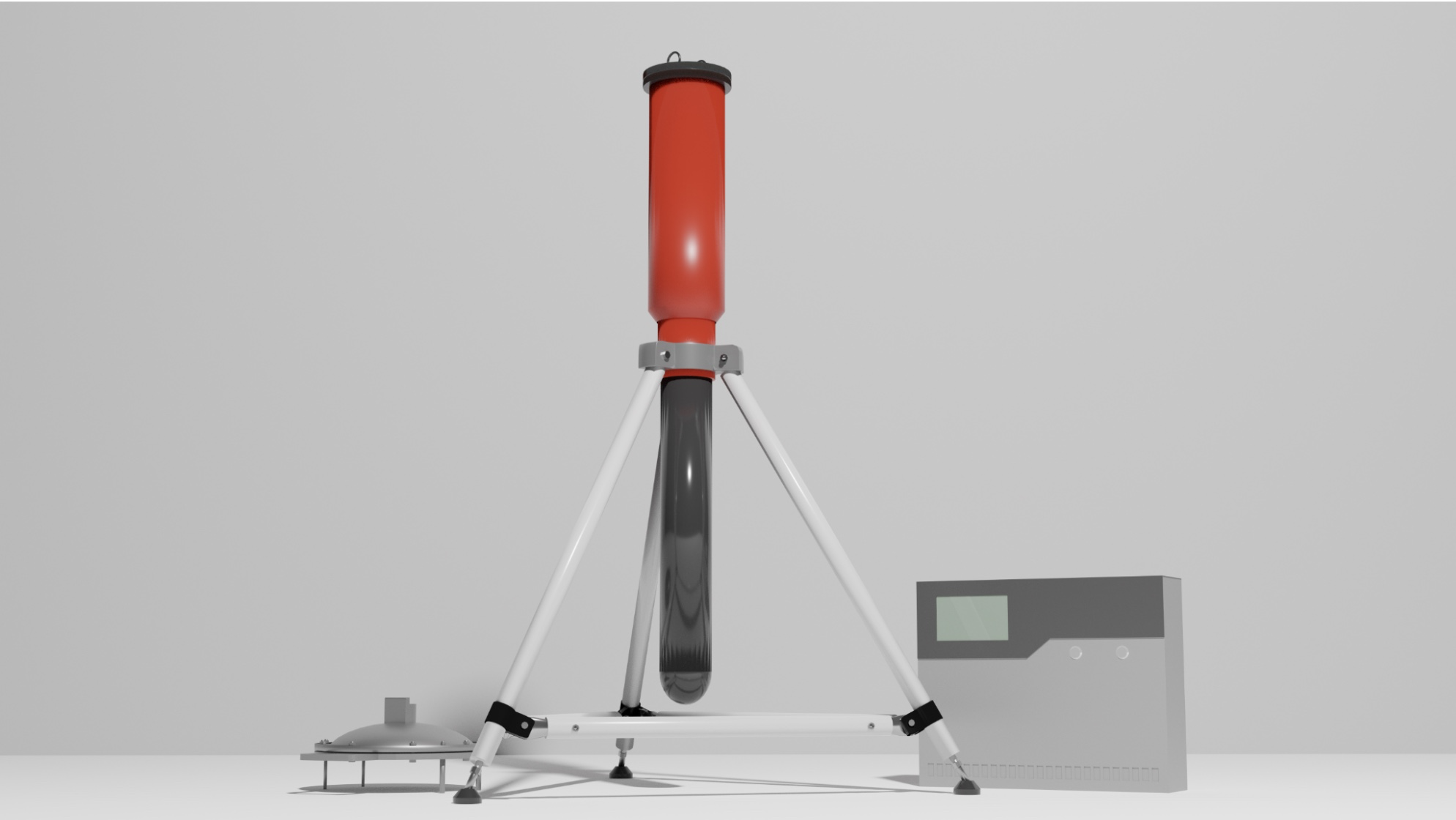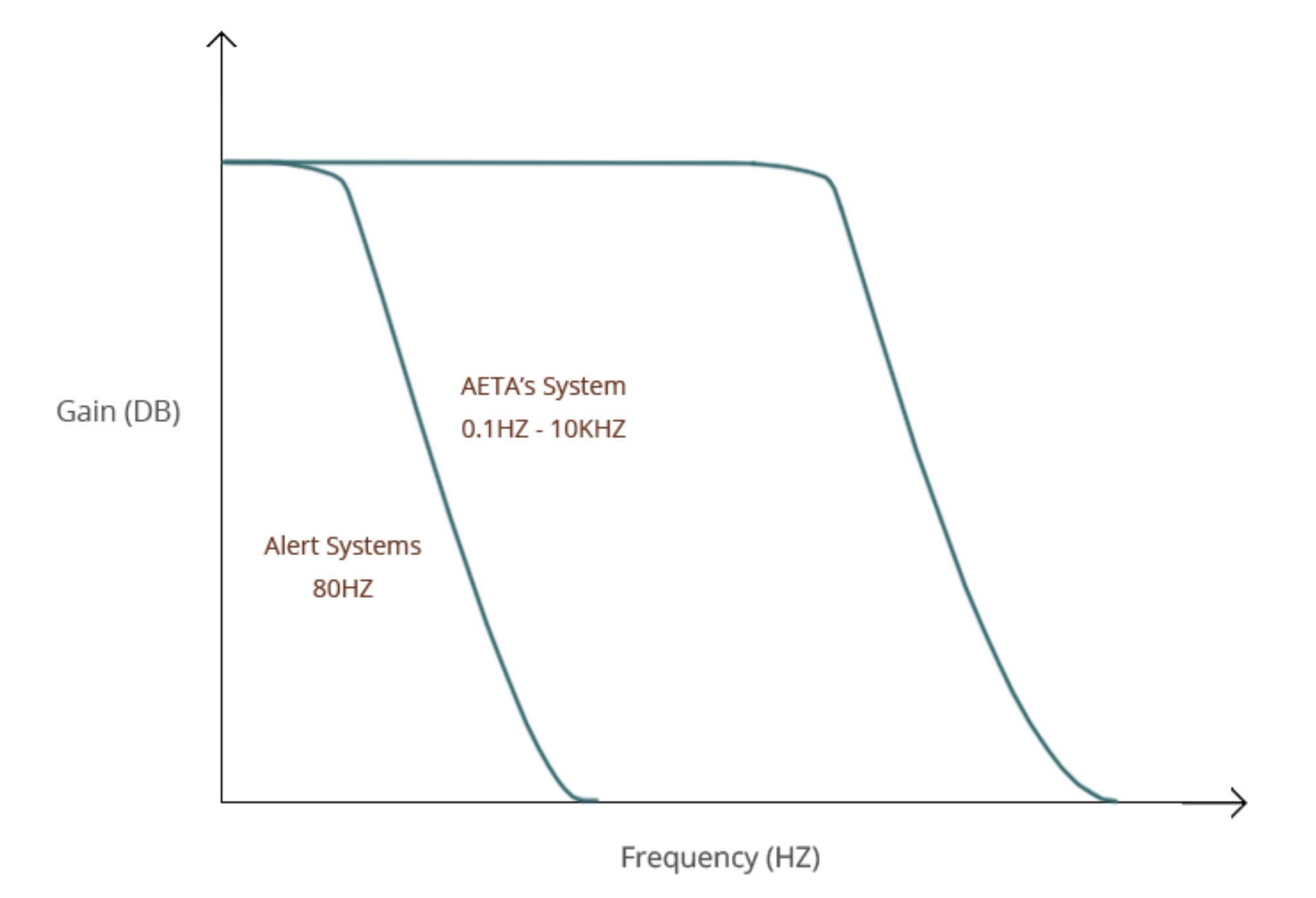It has been a question asked among many people, especially those living in and around earthquake-affected regions, can we predict the occurrence of an earthquake? Seismic experts have proclaimed that earthquakes cannot be predicted, as numerous variables must be taken into consideration that have made people believe it is impossible.
However, as we are propelled into a new technological age of big data and AI, a team from Peking University has begun to show promising results that indicate earthquake prediction is an achievable goal. After 11 years of research, and 5 years of accumulated data, the AETA team has unveiled precursory indicators below the earth that points toward similarities that occur before, during, and after an earthquake strikes.
Due to the seismic similarities detected by AETA’s sensory network, it is becoming more of a reality that earthquakes are entirely predictable. The global accuracy rate of predicting an earthquake was less than 30 percent, using AETA’s new approach of technology, the accuracy rate has increased to 70 percent and continually rising.
The new approach
There have been numerous methods used to try and understand earthquakes in more depth. A few of these methods would include studying animals, as an animal’s behavior changes when there’s a change in nature. Other methods include sampling chemicals in the air, seismicity changes, probability measurements (using past data to predict the probability of a future one), and many others.
However, none of these methods successfully predicted an earthquake BEFORE it occurred. This new approach first collects numerous variants of data from below the earth. This data is then collected and categorized. The data is then compared next to a list of previously occurring earthquakes within a specific region. An algorithm is then built based on those variables and designed to highlight similarities and differences before, during, and after an earthquake strikes.
It is a combination of using new technology (advanced sensory systems using high frequencies), data collection (big data), and AI to run earthquake prediction. This current model is capable of forecasting an earthquake up to 7 days in advance.
The sensors

AETA, in partnership with SVV, has developed a 3-part sensory system. These sensory systems are deployed across earthquake-affected areas and record seismic data below the earth’s surface. Currently, AETA has deployed over 300 of these sensors across the Chinese provinces Sichuan and Yunnan.
Over the course of five years, these sensors have collected 43TB worth of seismic data. Due to this accumulation of data, the AETA team built a base algorithm that looks for similarities before, during, and after an earthquake strikes. Due to these similarities, the algorithm is capable of detecting precursory indicators that will point toward an earthquake’s magnitude, epicenter, and time of occurrence. In other words, predict & forecast an earthquake.
What’s being used today?
Currently, we are warned by Alert Systems. An alert system is designed to notify people when an earthquake is occurring, not before, which means people are only given less than 60 seconds to prepare. This method is restricted by the technology itself as it isn’t able to detect anomalies prior to the quake itself and only acts as a temporary solution to a constantly occurring problem.
Anomalies are only detected by specialized equipment, this is why using the ‘big data & AI’ approach is a more practical solution compared to previous approaches. By harnessing enough data and AI training, the idea of predictable earthquakes becomes more of a reality.

Is the method working?
In 2018 the AETA team provided two successful over 5.0 magnitude earthquake forecasts to the Sichuan Earthquake Bureau using this new method. Since 2018 there hasn’t been an over 5.0 magnitude earthquake within those regions. However, the Bureau is being constantly updated about any impending earthquake detections.
This new technological approach has raised the ambitions of other experts, too. As all the seismic data collected is openly shared among participants of a competition being hosted throughout 2021. This competition has brought together over 500 teams from 25 different countries, all using AETA’s seismic data to train and perfect an algorithm.
In conclusion
This new earthquake prediction method is beginning to be discussed across earthquake-affected countries such as Asia, Europe, and the Americas, to deploy this solution and begin running similar forecasts. The key vision of AETA, and the teams working on it, is to save lives and reduce economic damages caused by earthquakes. With a seven-day warning window, this vision is highly achievable.
 Frederick Bravey is Head of International Marketing & Public Relations and Business Development Manager at Shenzen Valley Ventures (SVV).
Frederick Bravey is Head of International Marketing & Public Relations and Business Development Manager at Shenzen Valley Ventures (SVV).
TechNode Global publishes contributions relevant to entrepreneurship and innovation. You may submit your own original or published contributions subject to editorial discretion.
ORIGIN: How IoT and data are changing the way we work and make business decisions [UPDATED]
Featured image credits: Pexels

